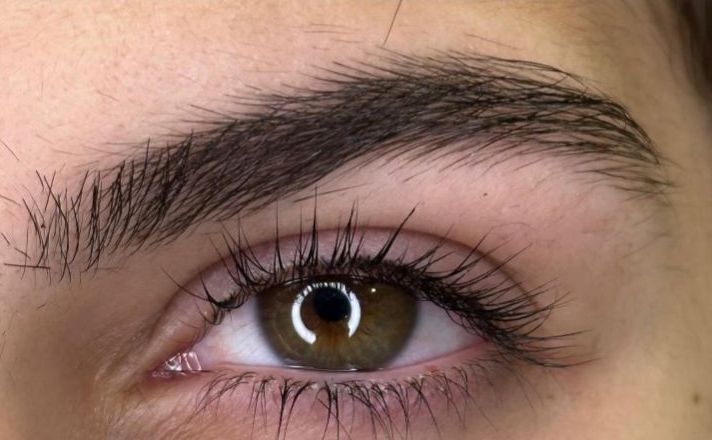Emollients make up a group of cosmetic ingredients that aim to moisturize and replenish the lipid layer of the skin. What’s the effect of emollients, including the ones designed for baby care? What beauty products are rich in emollients and when to use them?
How do emollients work?
Emollients moisturize, lubricate and consequently soften the skin through lowering the TEWL rate (it measures the transepidermal loss of water). This means that the emollient applied to the skin forms and leaves a film that locks in water and protects the skin from the harmful effect of outside factors. As a result, the level of hydration increases so the skin is smoother. Moreover, emollients stimulate the skin’s repair process and aid healing.
Which products contain emollients and when to reach for them?
Emollients are included in various cosmetics for example shower gels, body lotions and emulsions, oils, creams and hair conditioners. You should reach for them whenever the skin’s barrier works incorrectly and its lipid layer needs replenishing. This means that emollients should be used for infant and baby skin care, and to treat extremely dry skin and conditions such as eczema, skin allergies or atopic dermatitis. You should note, though, that you can reach for emollients in the form of preventive skin care.
Popular emollients
All emollients have moisturizing properties but their ingredients, purpose and consistency differ. Some examples here:
- occlusive ingredients (among others, petroleum jelly, paraffin, mineral oil, polyol, fatty alcohol, lecithin, lanolin, waxes and sterols) – they lock water in the epidermis;
- humectants (for example glycerin, urea, sorbitol, hyaluronic acid, propylene glycol or lactic acid) – they bind water molecules inside the deeper layers of the epidermis;
- epidermal lipids (particularly cholesterol, squalane, sterols, phospholipids and unsaturated fatty acids) – they replenish natural lipids and have anti-inflammatory and anti-allergic properties;
- antipruritic substances such as menthol, camphor, lidocaine and polidocanol;
- antiaging substances, incl. collagen, retinol, hyaluronic acid and vitamins;
- immunomodulatory substances, particularly polysaccharides and beta-glucan;
- sunscreen.
Emollients for babies
You should reach for emollient balms for your baby as soon as the first days of life in order to avoid atopic dermatitis and allergies in the future. Many parents use them only after the skin of their toddlers goes very dry, red or itchy. This might be the reaction of thin, sensitive skin of infants and babies to chlorinated or salty water, and even to bubble bath or clothes washed using (too) strong powders.







Leave a Reply